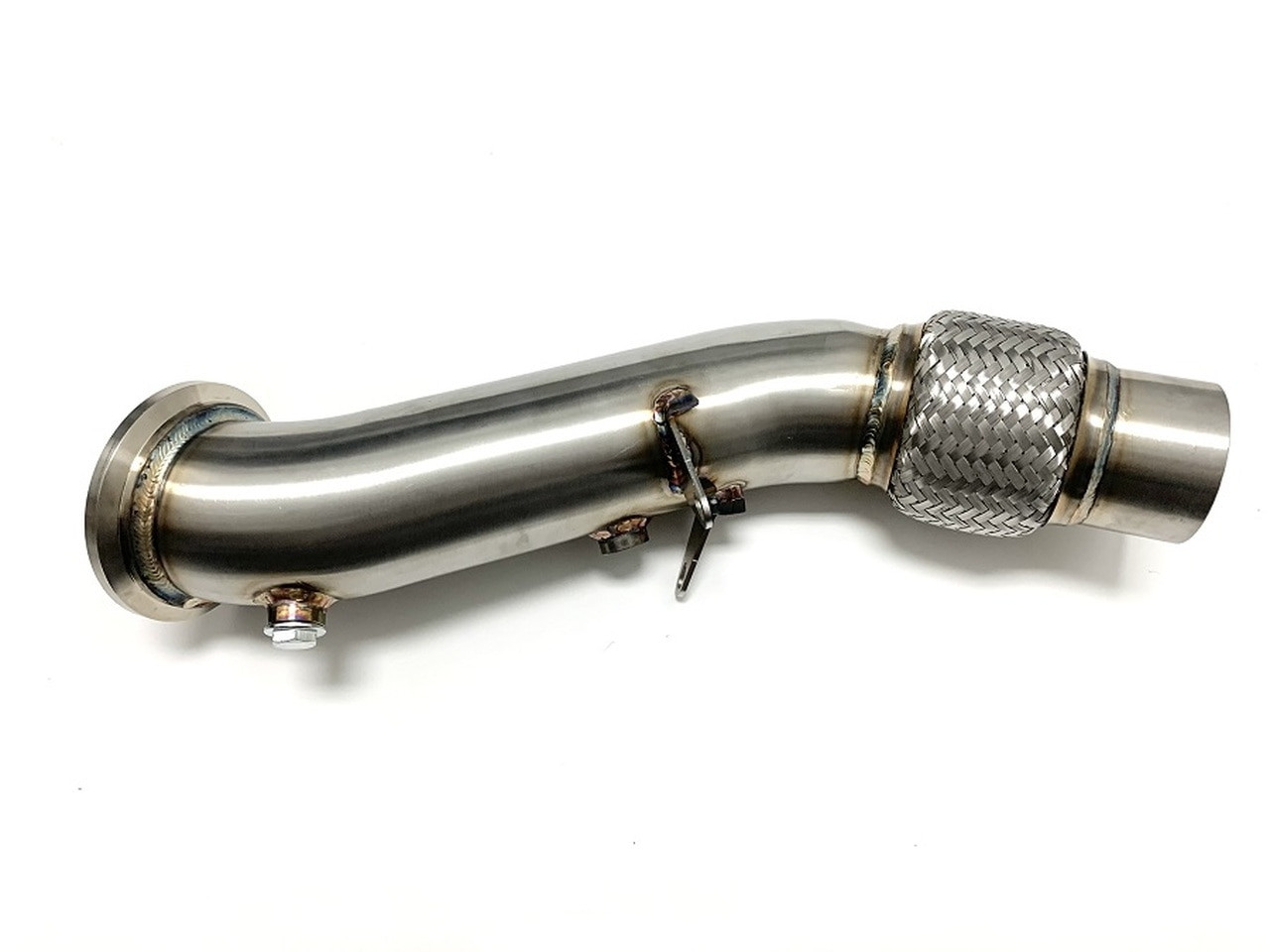Introduction to Charge Piping
In the world of automotive performance, enthusiasts often chase horsepower through common upgrades like intakes, exhausts, or turbochargers. However, one often-overlooked component that can deliver surprising gains is charge piping. Though it may seem like a simple piece of plumbing, charge piping plays a crucial role in how efficiently forced induction systems operate. Understanding its function and potential is essential for any serious tuner or performance-minded driver.
What is Charge Piping?
Charge piping refers to the network of pipes that transport compressed air from the turbocharger or supercharger to the engine’s intake manifold. This air travels through the intercooler (if present) before reaching the combustion chamber. The entire system must be optimized to ensure minimal pressure loss and maximum air velocity. Any inefficiency in charge piping can cause lag, reduced power output, or even detonation.
The Role of Charge Piping in Performance
Boost Efficiency
One of the key roles of charge piping is maintaining boost pressure. Poorly designed or restrictive charge piping can cause pressure drop between the turbo and intake manifold. This means your engine doesn’t receive the intended boost level, reducing performance. Upgrading to smoother bends and larger diameter charge piping ensures consistent and efficient airflow.
Throttle Response
Shorter and more direct charge piping helps improve throttle response. When the volume of air in the pipes is minimized, the engine can access boost pressure more quickly. A sluggish response is often the result of unnecessarily long or convoluted charge piping routes. Simplifying this system can noticeably sharpen your engine’s reaction time.
Materials and Construction
Aluminum vs. Stainless Steel
Most aftermarket charge piping kits are made from aluminum or stainless steel. Aluminum is lightweight and dissipates heat quickly, reducing intake air temperatures. Stainless steel, while heavier, offers superior durability. Both materials serve different use cases, and choosing the right charge piping material depends on your performance goals.
Silicone Couplers
The connections between charge piping segments often use silicone couplers. These are crucial for flexibility and vibration absorption. High-quality couplers and clamps ensure that your charge piping remains sealed under high boost levels, preventing leaks that can rob your engine of power.
Signs of Inefficient Charge Piping
Recognizing when your charge piping is underperforming is important for timely upgrades. Common symptoms include:
- Noticeable turbo lag
- Boost leaks or fluttering sounds
- Inconsistent AFR (Air-Fuel Ratio) readings
- Reduced horsepower or torque figures
Upgrading or properly maintaining your charge piping can solve these issues and restore lost performance.
Custom vs. Pre-Fabbed Kits
Custom Charge Piping
Custom charge piping setups offer precise fitment and optimized routing for unique engine bays. Fabricators can design bespoke systems that minimize bends and maximize airflow. This route is ideal for high-performance builds or engine swaps where off-the-shelf kits fall short.
Pre-Fabbed Kits
Most aftermarket charge piping kits are bolt-on solutions designed for specific vehicle makes and models. These kits provide convenience and cost-effectiveness but may not offer the same level of optimization as a custom solution. Still, they offer significant performance gains over stock piping.
Maintenance and Upkeep
Proper maintenance of your charge piping includes regular inspections for leaks, cracks, or loose couplers. Even the best-designed charge piping can fail over time under extreme conditions. Periodic tightening of clamps and replacing worn silicone components can preserve system integrity and performance.
Conclusion
Charge piping may not get the spotlight like turbos or intercoolers, but it is a foundational component in any forced induction setup. Optimizing charge piping enhances boost retention, throttle response, and overall engine efficiency. Whether you’re aiming for track-ready performance or just a responsive daily driver, investing in quality charge piping can unlock untapped potential in your build. Don’t let this forgotten power mod be the bottleneck in your pursuit of horsepower—upgrade your charge piping and experience the difference it makes.
